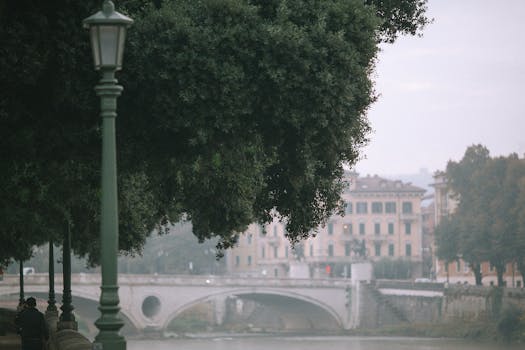
Urban Green Spaces: The Future of Outdoor Living in European Cities by 2025
Urban Green Spaces: The Future of Outdoor Living in European Cities by 2025 is a topic of increasing interest as cities continue to grow and urbanize. As we move forward, it’s essential to consider the role of green spaces in creating sustainable, livable, and resilient cities. In this article, we’ll explore the importance of urban green spaces and how they are transforming the future of outdoor living in European cities.
Introduction to Urban Green Spaces
Urban green spaces refer to areas of vegetation, water, or other natural elements within urban environments. These spaces can take many forms, including parks, gardens, green roofs, and urban wetlands. Urban green spaces provide numerous benefits, including improved air quality, reduced urban heat island effects, and enhanced biodiversity. They also offer opportunities for recreation, socialization, and community engagement, making them essential components of sustainable urban planning.
Benefits of Urban Green Spaces
The benefits of urban green spaces are numerous and well-documented. Some of the most significant advantages include:
- Improved Air Quality: Urban green spaces help to remove pollutants from the air, improving respiratory health and overall well-being.
- Reduced Urban Heat Island Effects: Green spaces can mitigate the urban heat island effect, which occurs when built-up areas absorb and retain heat, making cities hotter than surrounding rural areas.
- Enhanced Biodiversity: Urban green spaces provide habitat for urban wildlife, supporting local ecosystems and promoting biodiversity.
- Recreational Opportunities: Green spaces offer areas for recreation, socialization, and community engagement, improving mental and physical health.
European Cities Leading the Way
European cities are at the forefront of urban green space development, with many cities incorporating green infrastructure into their urban planning strategies. Some notable examples include:
- Copenhagen’s Green Roofs: Copenhagen has implemented a green roof policy, requiring all new buildings to incorporate green roofs, reducing stormwater runoff and improving air quality.
- Barcelona’s Superblocks: Barcelona has implemented a superblock program, pedestrianizing city streets and creating green spaces, reducing traffic congestion and improving air quality.
- Amsterdam’s Green Walls: Amsterdam has incorporated green walls into its urban landscape, using walls and buildings to support vegetation, improving air quality and enhancing biodiversity.
Challenges and Opportunities
While urban green spaces offer numerous benefits, there are also challenges to consider. Some of the key challenges include:
- Space Constraints: Urban areas often have limited space, making it difficult to create and maintain green spaces.
- Funding: Creating and maintaining urban green spaces can be costly, requiring significant investment from cities and governments.
- Community Engagement: Urban green spaces require community engagement and participation to ensure their success and longevity.
Despite these challenges, there are also opportunities for innovation and growth. Some potential solutions include:
- Green Infrastructure: Incorporating green infrastructure, such as green roofs and walls, into urban planning can help to mitigate the urban heat island effect and improve air quality.
- Community-Led Initiatives: Community-led initiatives, such as urban gardening and park restoration, can help to engage communities and promote a sense of ownership and responsibility for urban green spaces.
- Technological Innovations: Technological innovations, such as urban forestry and green space management software, can help to optimize the creation and maintenance of urban green spaces.
Conclusion
Urban green spaces are essential components of sustainable urban planning, providing numerous benefits for both the environment and human health. As European cities continue to grow and urbanize, it’s essential to prioritize the creation and maintenance of green spaces. By addressing the challenges and opportunities associated with urban green spaces, we can create more livable, resilient, and sustainable cities for future generations.






